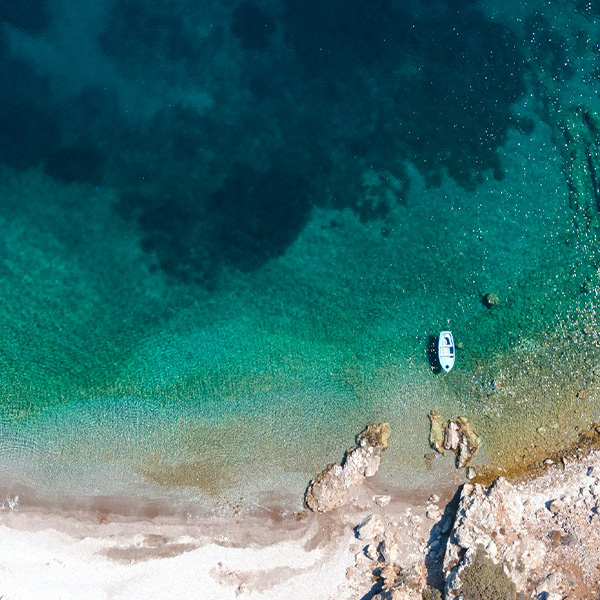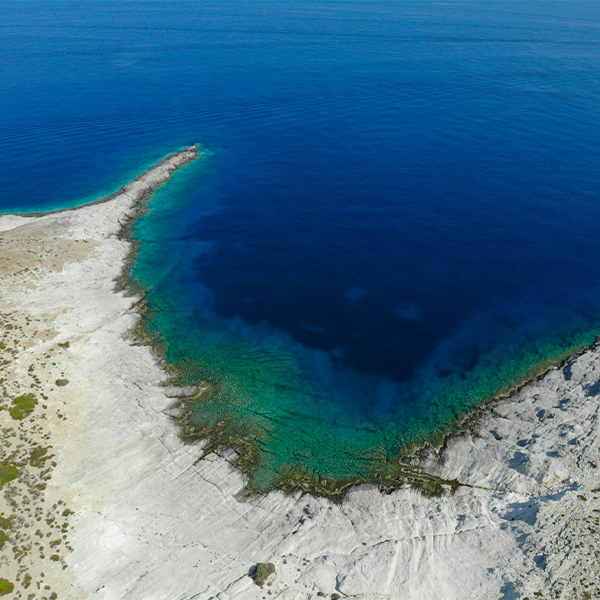Our guide to the complex world of carbon offsetting
At Niarra, we’re constantly looking for ways to help tackle the climate crisis. This means reducing our operational and trip carbon emissions where possible and taking responsibility for the inescapable truth that flying comes with a hefty footprint. While recognising that carbon offsetting is not a perfect solution, we contribute 1% of each trip’s cost to meaningful nature-based carbon sequestration projects.
This contribution ensures that each trip generates further positive impact and more than offsets customer emissions from international flights. For our carbon offsetting partners, we’ve selected nature-based projects because we have a responsibility to tackle both the climate and biodiversity crisis and believe that a thriving natural world has a far-reaching positive impact on people, too. Through economic opportunities, education, and empowerment, the improvement of livelihoods is central to each selected project, just as it is when we design our trips.
Our approach to carbon offsetting is pragmatic in our acknowledgement of its complexities, conservative in our carbon estimates, rigorous in our project selection process, and local in the projects we support. This is also very much the beginning of our journey in understanding and committing to positive impact.





